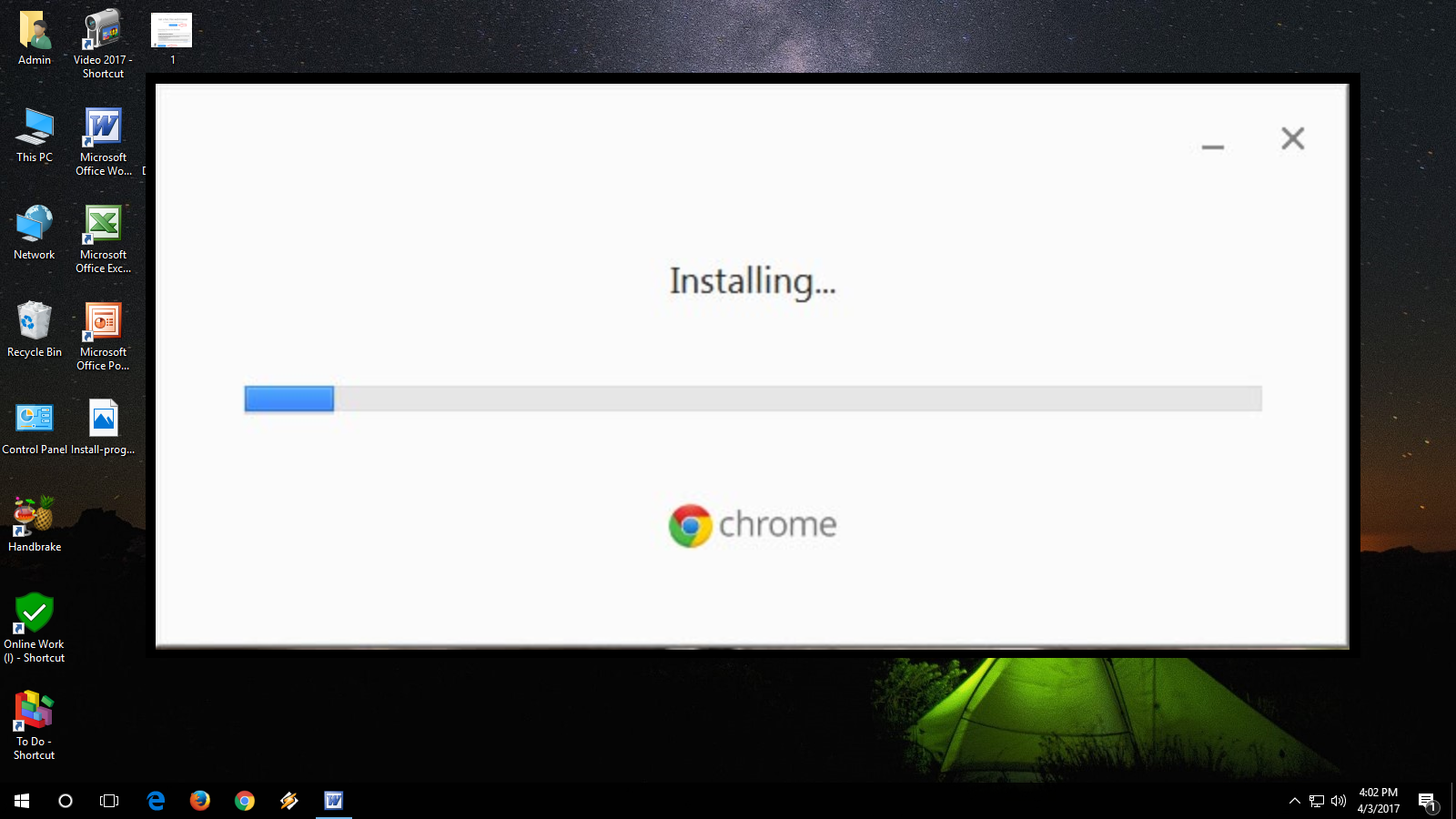

Select Tools > Switch to Session 0 to see it: On Windows 7, Vista and Server 2008, Chrome will be running in the isolated Session 0. To start Chrome, choose Application > Start "Chrome": In a couple of seconds, an application called Chrome will show up in the AlwaysUp window. This tells AlwaysUp that Chrome needs the TCP/IP networking stack to operate.Ĭlick the Save > button. box if you want to hide Chrome's windows, but we recommend against that for now, until after you have everything working as you like.Ĭlick over to the Startup tab and check the Ensure that the Windows Networking components have started box. You can check the When a user logs on, don't show the application's windows. This step is important if omitted, Chrome will not find your configured settings (home page, etc). We have used Chrome but feel free to specify virtually anything you like.Ĭlick over to the Logon tab and enter the user name and password of the account where you installed and have configured with Chrome. In the Name field, enter the name that you will call the application in AlwaysUp. Since we installed Chrome in the default directory for user Mike Jones, we have specified:Ĭ:\Users\Mike Jones\AppData\Local\Google\Chrome\Application\chrome.exe In the Application field, enter the full path to the Chrome executable file, chrome.exe. Select Application > Add to open the Add Application window: Google Chrome is a free web browser renowned for its speed.ĭownload and install AlwaysUp, if necessary.ĭownload and install Chrome if necessary.īy default, Chrome is installed to C:\Users\\AppData\Local\Google\Chrome\Application\chrome.exe and we will use that setting in the steps below.


 0 kommentar(er)
0 kommentar(er)
